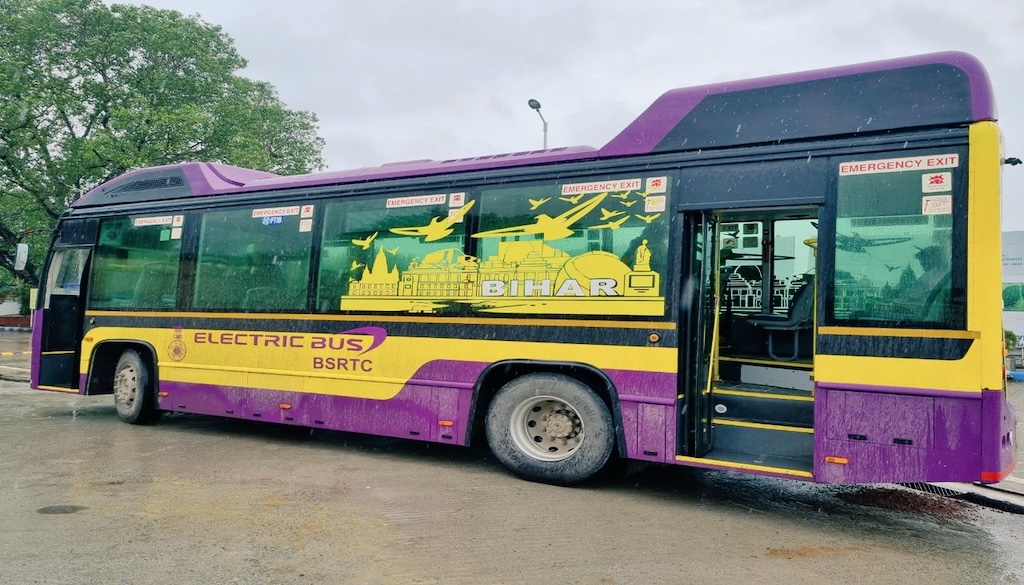
Patna: The Bihar government is set to roll out 150 new electric buses on the streets of Patna by August, expanding the city’s electric fleet to reduce carbon emissions and improve air quality. The move is part of a broader push to phase out CNG buses from urban routes and replace them with zero-emission vehicles.
According to officials from the Bihar State Road Transport Corporation (BSRTC), the new electric buses will operate on 14 major routes, covering areas such as Bailey Road, Danapur, Patna City, AIIMS Phulwarisharif, Bihta, Maner, and Digha. Currently, only 22 electric buses are in service in the capital.
The expansion comes under a Central Government scheme, under which Bihar is expected to receive 400 electric buses, with around 150 earmarked for Patna. The remaining buses will be allocated to other districts, with a focus on city services in Ara, Buxar, Gaya, Jehanabad, Nalanda, and Biharsharif.
Once the new electric buses begin operations, CNG buses currently running in Patna will be reassigned to neighbouring districts. The decision reflects a strategic transition toward cleaner intra-city transportation.
“Electric buses can travel up to 250 km on a one-hour charge under ideal conditions,” said a senior official of BSRTC. A charging station at the Phulwarisharif depot currently supports four to six buses at a time.
Air quality experts have endorsed the move, noting that while CNG is cleaner than diesel, it still emits around 800 grams of CO₂ per kilometre, whereas electric buses produce zero tailpipe emissions. Thus, electric mobility is essential to reducing Patna’s pollution burden.
The upcoming electric fleet will also feature modern safety and convenience technologies, including CCTV surveillance, GPS-based live tracking, and panic buttons to improve passenger security, especially for women. All monitoring systems will be integrated with a central command room at the Transport Corporation headquarters.






